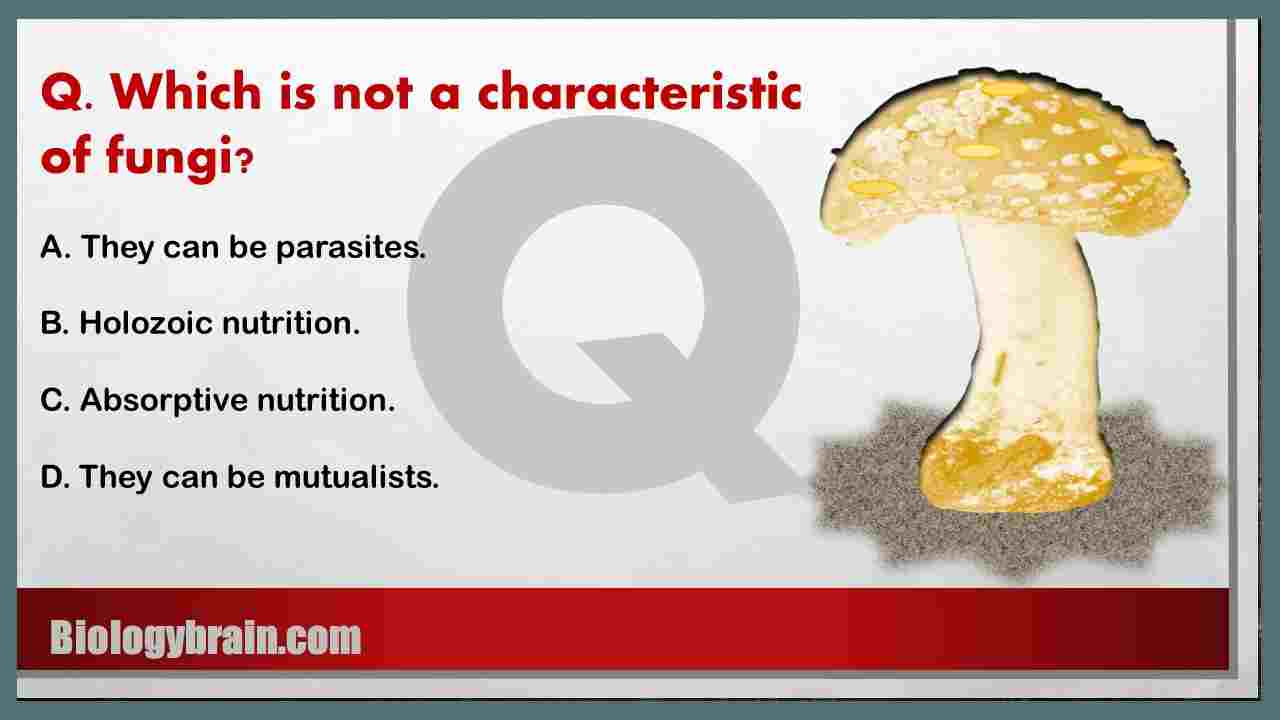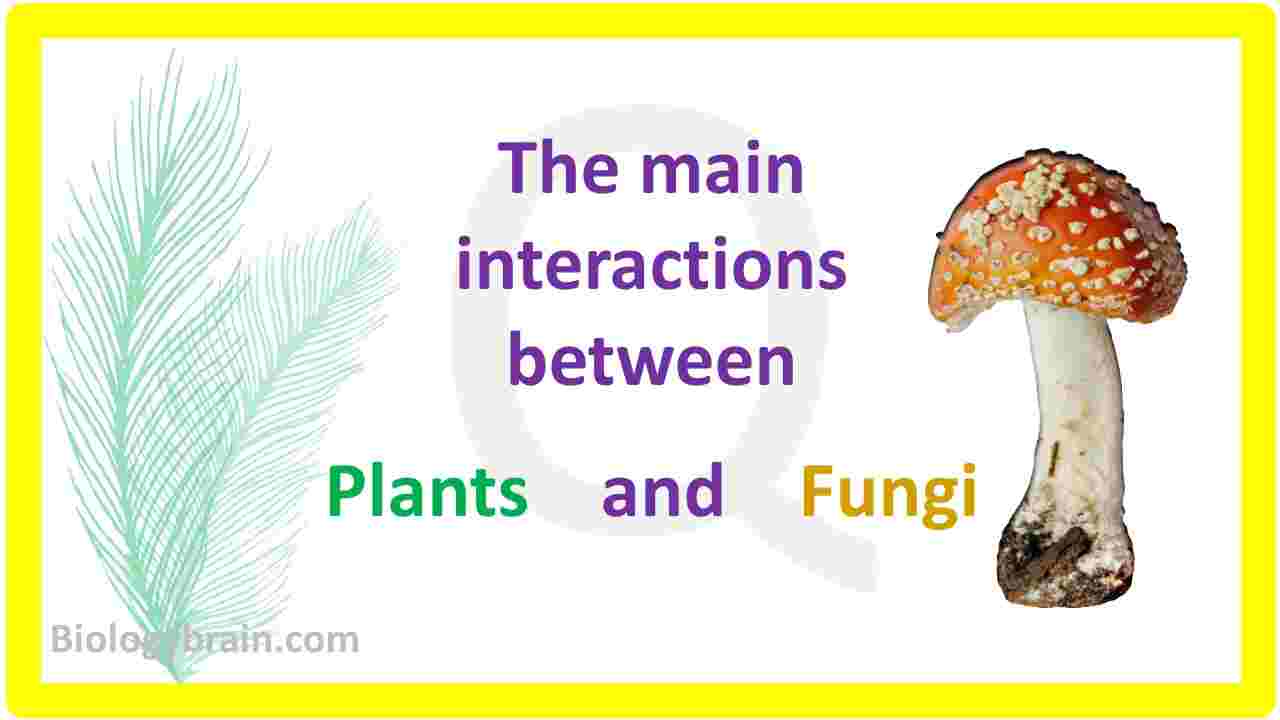Adenosine triphosphate (ATP), an organic compound that stores energy, is the fuel that drives a variety of intracellular biological processes. Animals obtain some chemical energy through the breakdown of the molecules of the carbohydrates they consume, and this energy is then stored as ATP in the chemical bonds. Plants, on the other hand, use photosynthesis to transform light energy into ATP, which is then utilized as an energy source for cellular processes and growth. Here in the labeled ATP molecule below, we can find three main parts of the ATP molecule that make up the nucleoside triphosphate (nucleoside) structure of ATP.
Adenine, a ribose sugar, and three serially bonded phosphate groups make up the nucleoside triphosphate (nucleoside) structure of ATP.

Well Labeled ATP Molecule Structure
Adenine, a purine base, is joined to the first carbon atom of ribose, a pentose sugar, to create the nucleotide known as ATP (adenosine triphosphate).
While a glycosidic bond connects the ribose sugar’s fifth carbon atom to three phosphate groups. Two phosphodiester bonds, which are esterified higher energy bonds, are used to join these three phosphates together.
The phosphoanhydride bond between the second and third phosphate groups of the ATP molecule is hydrolyzed to release energy. The removal of the third phosphate molecule results in the formation of ADP, a compound with two phosphate groups.
On the other hand, energy is also released when a second phosphate is taken out of ADP to form AMP (adenosine monophosphate).
The free energy that has been released will be transferred to additional molecules in order to produce favorable reactions in a cell. AMP can then be changed back into ADP or ATP and used to store energy again by creating a new phosphoanhydride bond.
In the cell, AMP, ADP, and ATP are constantly being interconverted as they take part in biological processes. As a result, ATP must be synthesized from AMP and ADP in order to keep the body’s energy at a healthy level.
This process gives ATP the ability to store energy for later use, much like a rechargeable battery.

Cells actually draw their energy from the phosphate tail of ATP. The bonds between the phosphates store available energy, which is released when they are broken by the addition of a water molecule (a procedure known as hydrolysis).
Function of ATP
The energy from this ATP is then used as fuel for cellular processes like muscle contraction, nerve impulse transmission, and biomolecule synthesis (which includes the creation of proteins, DNA, RNA, amino acids, lipids, and vitamins, among others).
The fact that ATP powers additional ATP synthesis while chemical compounds are broken down during glycolysis. Different catalytic enzymes use cellular ATP as their energy source to carry out metabolic functions. As a result, ATP is frequently referred to as the “molecular unit of currency” of intracellular energy transfer.
An enzyme called ATP kinase uses intracellular ATP as an energy and phosphate source to phosphorylate and activate biomolecules.
An enzyme, adenylyl cyclase, uses ATP to create cyclic AMP, a second messenger in the signal transduction pathway, which is essential for many biological processes.
The polymerases in the replication and transcription processes can incorporate ATP into nucleic acids like DNA and RNA.
ATP keeps cells in a state of homeostasis and contributes to an overall energy balance by using one method to obtain energy and another to power cells with energy for processing biological reactions.
A balance between adenosine triphosphate (ATP) availability and ATP demand is necessary for intracellular homeostasis during physical activities. As a result, our body cells will constantly be producing ATP molecules to meet the demand for ATP.
Furthermore, intracellular ATP can also act as a signaling molecule to open the potassium channel, which is responsible for the heart functioning properly.
Apoptosis, neurotransmission, inflammation, and bone remodeling (or bone metabolism) are just a few of the many signaling processes that ATP can help to promote.
ATP can also activate inflammasomes, which can stop cancer cells from proliferating.
Furthermore, it has been shown that extracellular ATP and its metabolite, adenosine, have an impact on almost all types of skin cells in a variety of ways.
ATP has a direct impact on the inflammatory, regenerative, and fibrotic responses of the skin to a mechanical injury.
It has been demonstrated that ATP indirectly influences both the proliferation of melanocytes and the progression of apoptosis.
Furthermore, Langerhans cell-directed adaptive immunity shows that ATP plays a complex role.
New therapies for skin damage, inflammation, and a variety of other cutaneous conditions may be developed as a result of further investigation into the effects of extracellular ATP on human skin.
ATP has immunosuppressive properties, particularly through the metabolism of its product, adenosine.
Extracellular ATP can cause chemotactic movement in one direction or another, the release of cytokines or lysosomal components, the production of reactive oxygen or nitrogen species, or the proliferation or differentiation of blood cells.
Extracellular ATP encourages accelerated cell autophagy in macrophages derived from monocytes. Metabolites’ value in letting metabolic supply pathways know how much ATP is needed.
ADP and AMP function
ADP plays a role in a variety of biological processes, such as cell damage repair and controlling which genes are “turned on” to produce proteins. When ADP is present as Poly (ADP-ribose), for example, it can start a variety of different mechanisms.
ADP-ribose units are sequentially transferred from NAD to nuclear proteins (found on chromosomes) by the enzyme Poly (ADP-ribose) polymerase, which is activated by breaks in the DNA strand.
The resulting poly (ADP-ribose) units release the tightly wound chromatin nucleosome structure, activating the DNA repair mechanism.
AMP serves as a messenger molecule for the synthesis of proteins from RNA. As translational machinery, ATP also exists in the structures of tRNA and rRNA.
References
- Simonetta Falzoni, Giovanna Donvito, Francesco Di Virgilio. Detecting adenosine triphosphate in the pericellular space. The royal sociality, Published 23 April 2013.DOI: 10.1098/rsfs.2012.0101.
- Berger NA. Poly(ADP-ribose) in the cellular response to DNA damage.Radiat Res. 1985 Jan;101(1):4-15
- Yang Li, Junyuan Gao, Zhongju Lu, Kelli McFarland, Jingyi Shi, Kevin Bock, Ira S. Cohen, and Jianmin Cui. Intracellular ATP binding is required to activate the slowly activating K+ channel IKs. PNAS Nov, 19, 2013 110 (47) 18922-18927.
- J Stagg & M J Smyth. Extracellular adenosine triphosphate and adenosine in cancer. Oncogene 29(39):5346-58 · September 2010. DOI: 10.1038/onc.2010.292.
- Aton M. Holzer, Richard D. Granstein. Role of Extracellular Adenosine Triphosphate in Human Skin. org/10.1177/120347540400800203.









